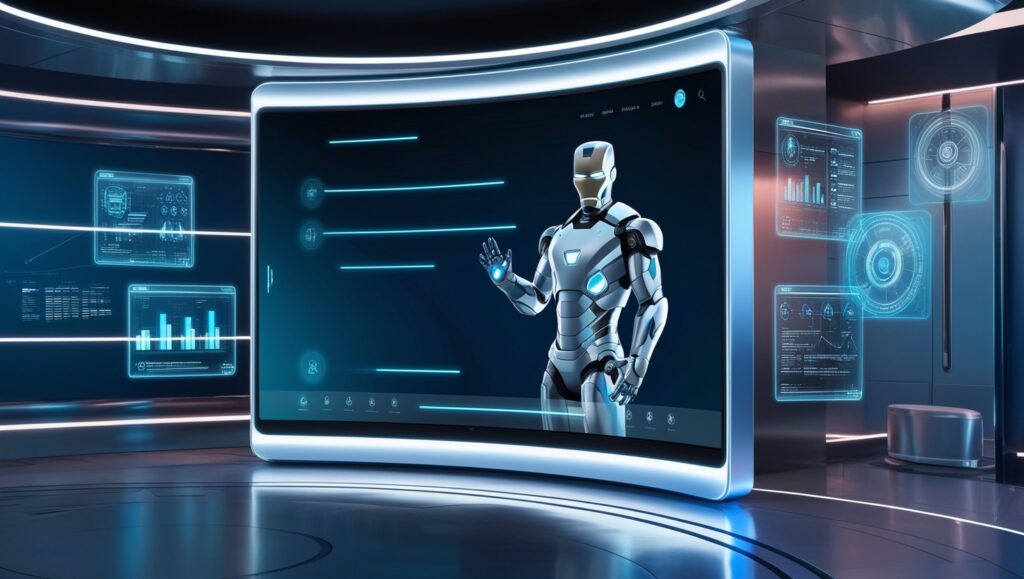In 2025, the world stands at a critical juncture, grappling with the evolving relationship between artificial intelligence (AI) and human creativity. The conversation has shifted from speculation to reality, as AI tools like ChatGPT, DALL-E, and others continue to redefine how we create, innovate, and express ourselves. While some celebrate AI’s transformative potential, others question its impact on the very essence of human creativity.
The Rise of AI in Creative Fields
AI has made significant strides in creative industries, ranging from art and music to writing and filmmaking. Tools powered by AI can now generate realistic paintings, compose symphonies, and craft compelling articles within minutes. These innovations save time, reduce costs, and democratize access to creative tools. For instance, small businesses and independent creators can now produce high-quality content without requiring large budgets or specialized skills.
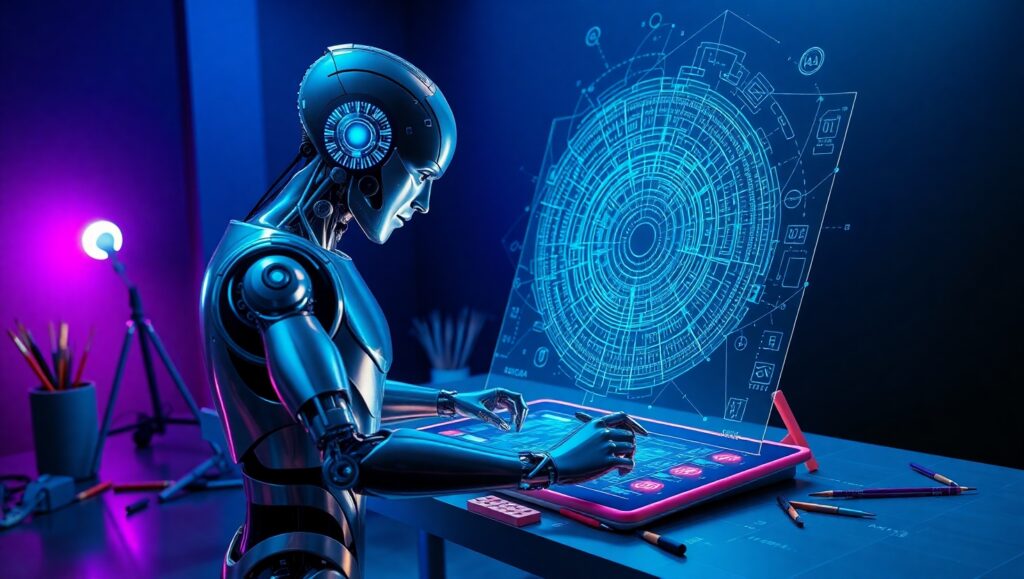
However, this convenience comes with its challenges. Critics argue that AI-generated content often lacks the depth, originality, and emotional resonance that define human creativity. While an AI model can mimic Van Gogh’s style, can it replicate the pain, joy, or inspiration that fueled his masterpieces?
The Human Touch: Irreplaceable or Obsolete?
Human creativity stems from experiences, emotions, and perspectives—elements that AI, despite its sophistication, cannot truly replicate. Writers draw from their life stories, painters channel their emotions, and musicians pour their souls into their compositions. This human touch is what makes art timeless and meaningful.
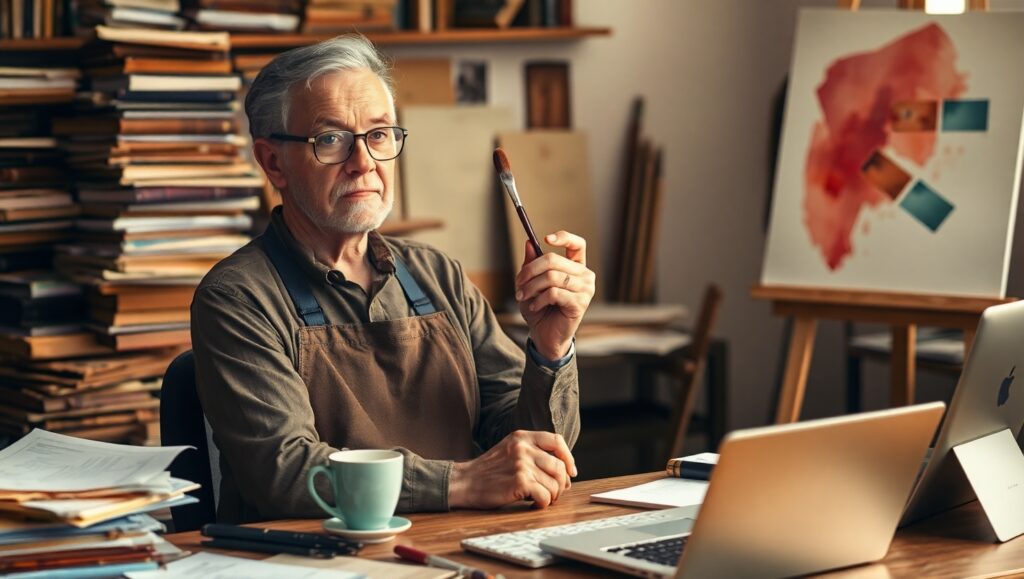
In Pakistan, for example, poets like Allama Iqbal used their words to ignite a cultural and spiritual revolution. Could an AI ever capture the essence of such vision? Similarly, globally renowned works like Shakespeare’s plays or Picasso’s cubism were products of unique human journeys. These examples highlight the gap between AI’s computational capabilities and human creativity’s profound impact.
Collaboration: The Middle Ground
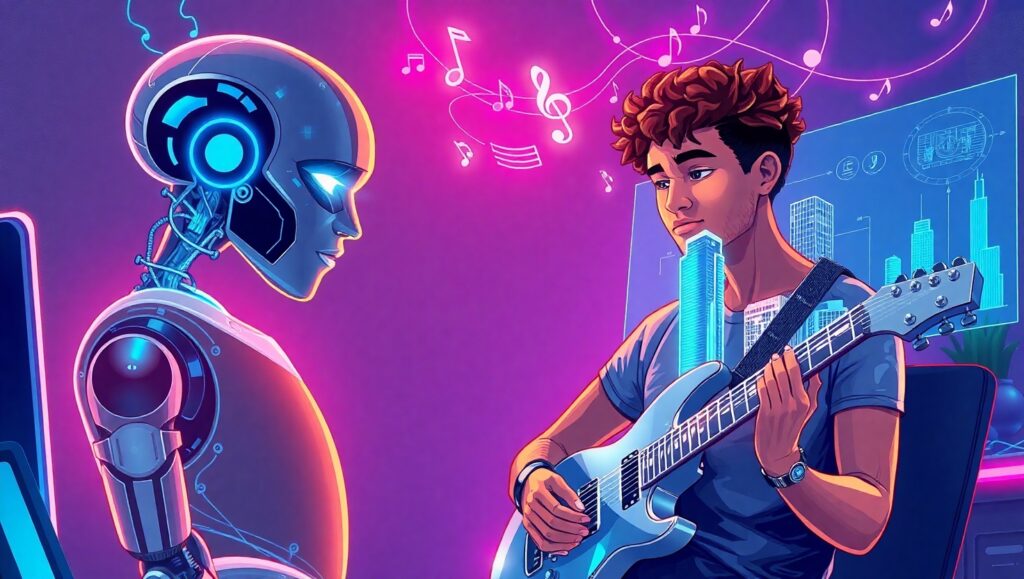
Rather than viewing AI as a competitor, many experts advocate for collaboration. AI can serve as a tool to enhance human creativity, automating repetitive tasks and enabling creators to focus on ideation and innovation. For instance, AI can generate rough drafts for writers, suggest melodies for composers, or assist graphic designers with layout ideas.
This symbiotic relationship can be particularly beneficial in countries like Pakistan, where resources for creative industries are often limited. By integrating AI, local artists and entrepreneurs can access global markets, showcase their talents, and elevate their work to international standards.
Ethical Considerations and Challenges
As AI becomes more prevalent in creative fields, ethical questions arise. Who owns the copyright to AI-generated content? How can we prevent AI from perpetuating biases or misinformation? Moreover, there’s the looming threat of job displacement, as AI tools outperform humans in efficiency and scalability.
To address these concerns, policymakers and industry leaders must establish clear guidelines, ensuring that AI complements rather than replaces human creativity. Education systems must also adapt, equipping the next generation with skills to thrive in an AI-augmented world.
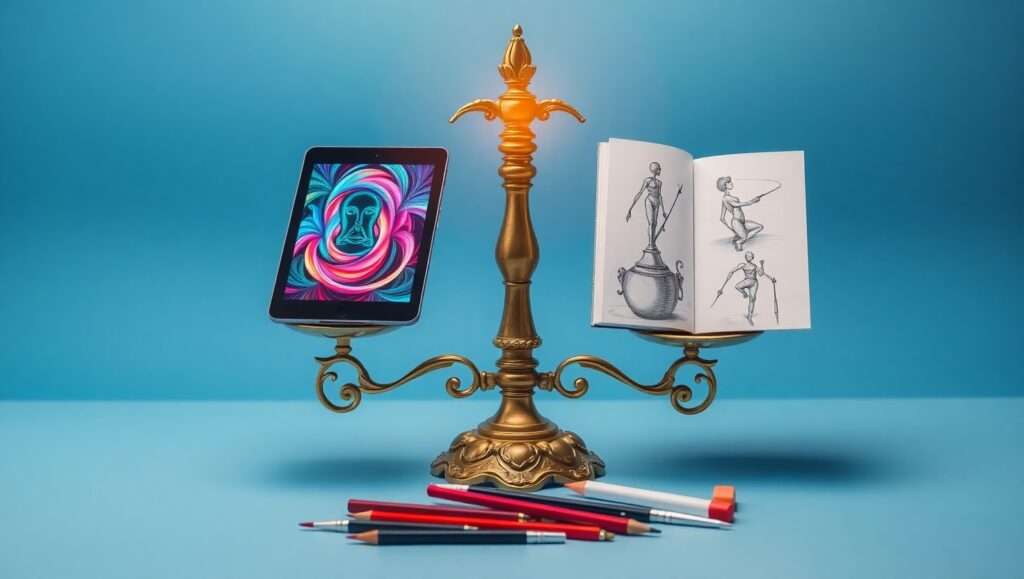
The Future of Creativity
The debate between AI and human creativity is far from settled. While AI will undoubtedly continue to influence creative fields, the human touch—with its depth, emotion, and authenticity—remains irreplaceable. By embracing AI as a collaborative tool, we can unlock new possibilities, blending technology with human ingenuity to create a richer, more diverse creative landscape.
As the world navigates this delicate balance, one thing is clear: creativity, whether human or AI-driven, will continue to shape the future. The challenge lies in ensuring that this evolution benefits humanity as a whole.

